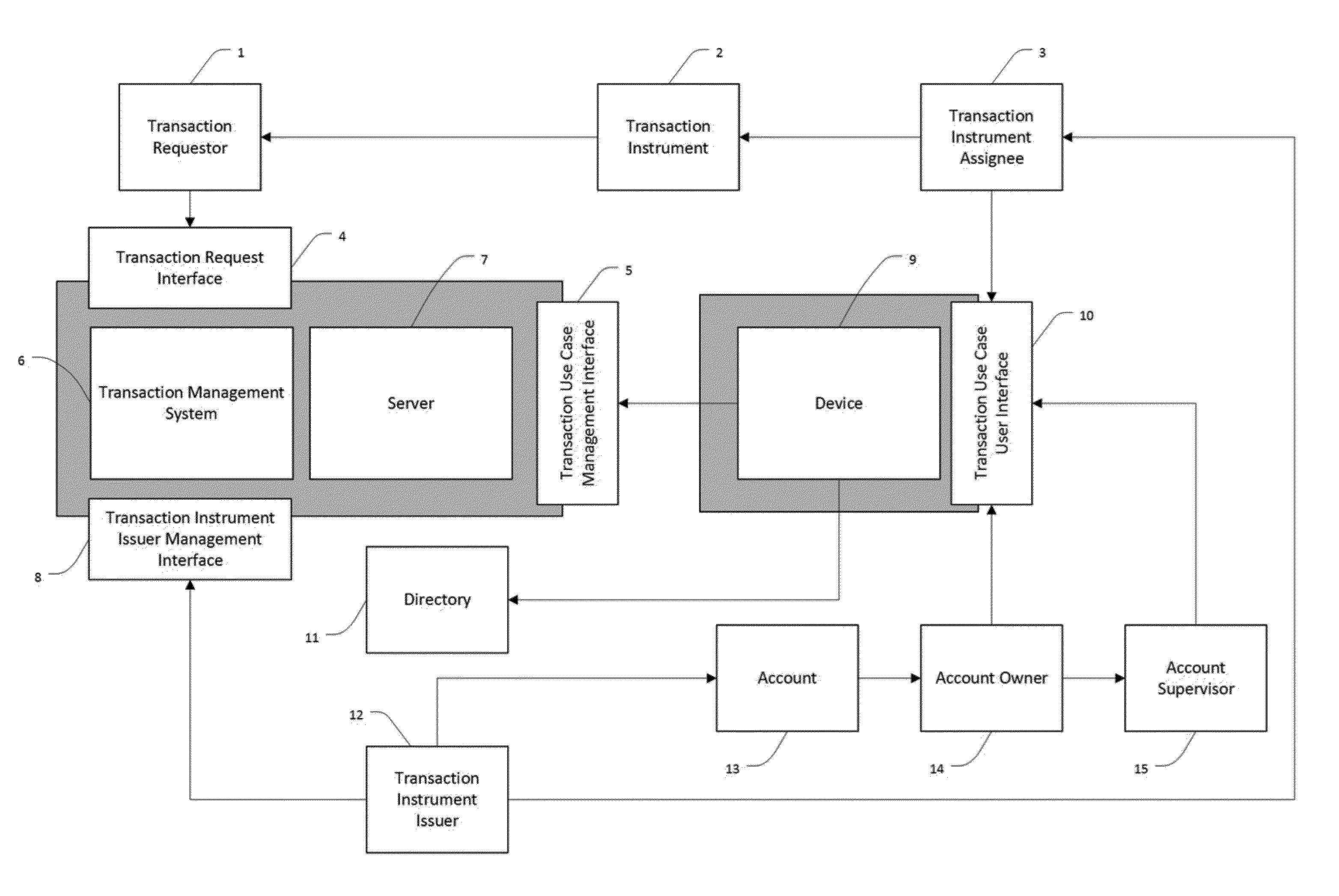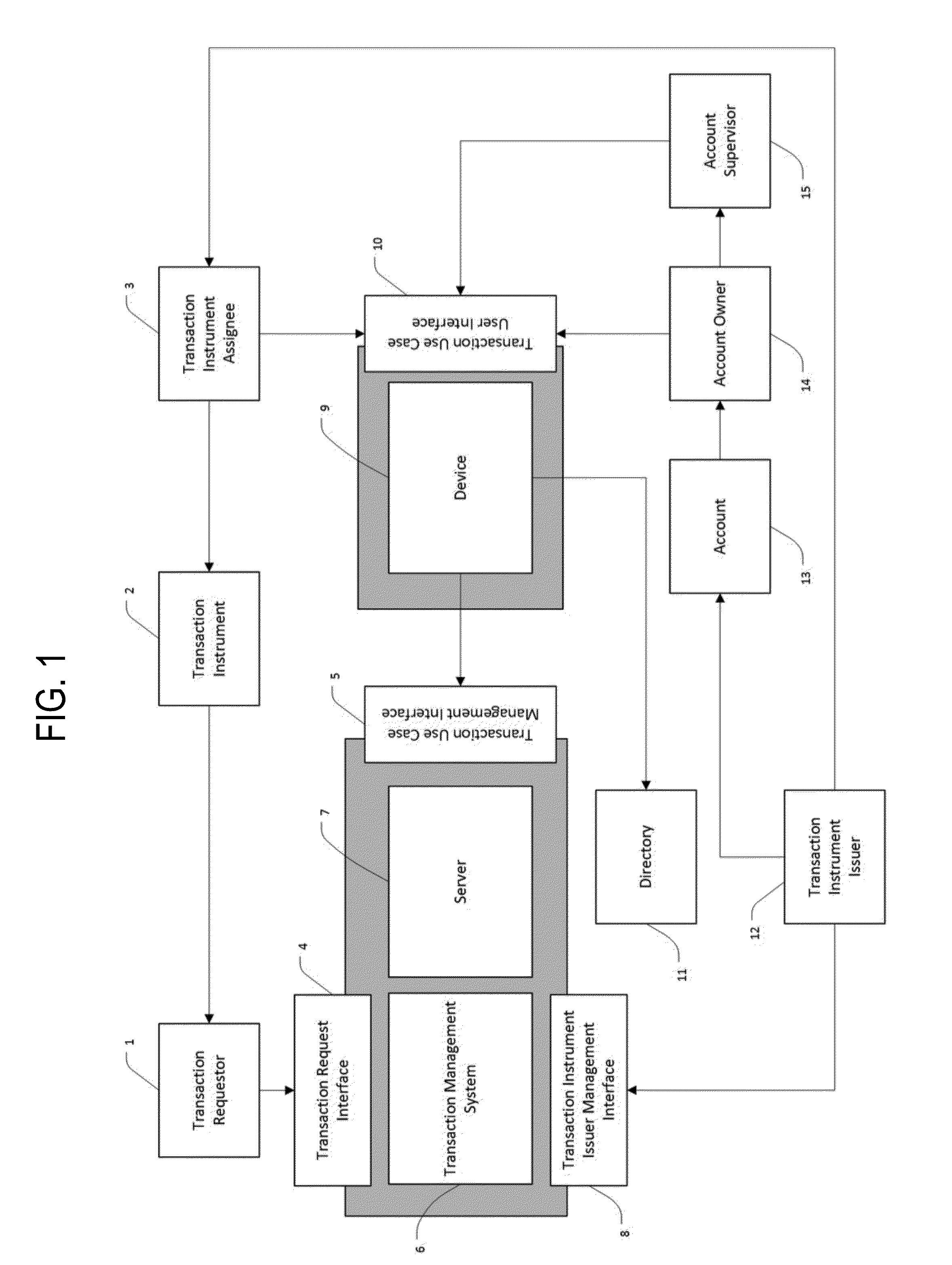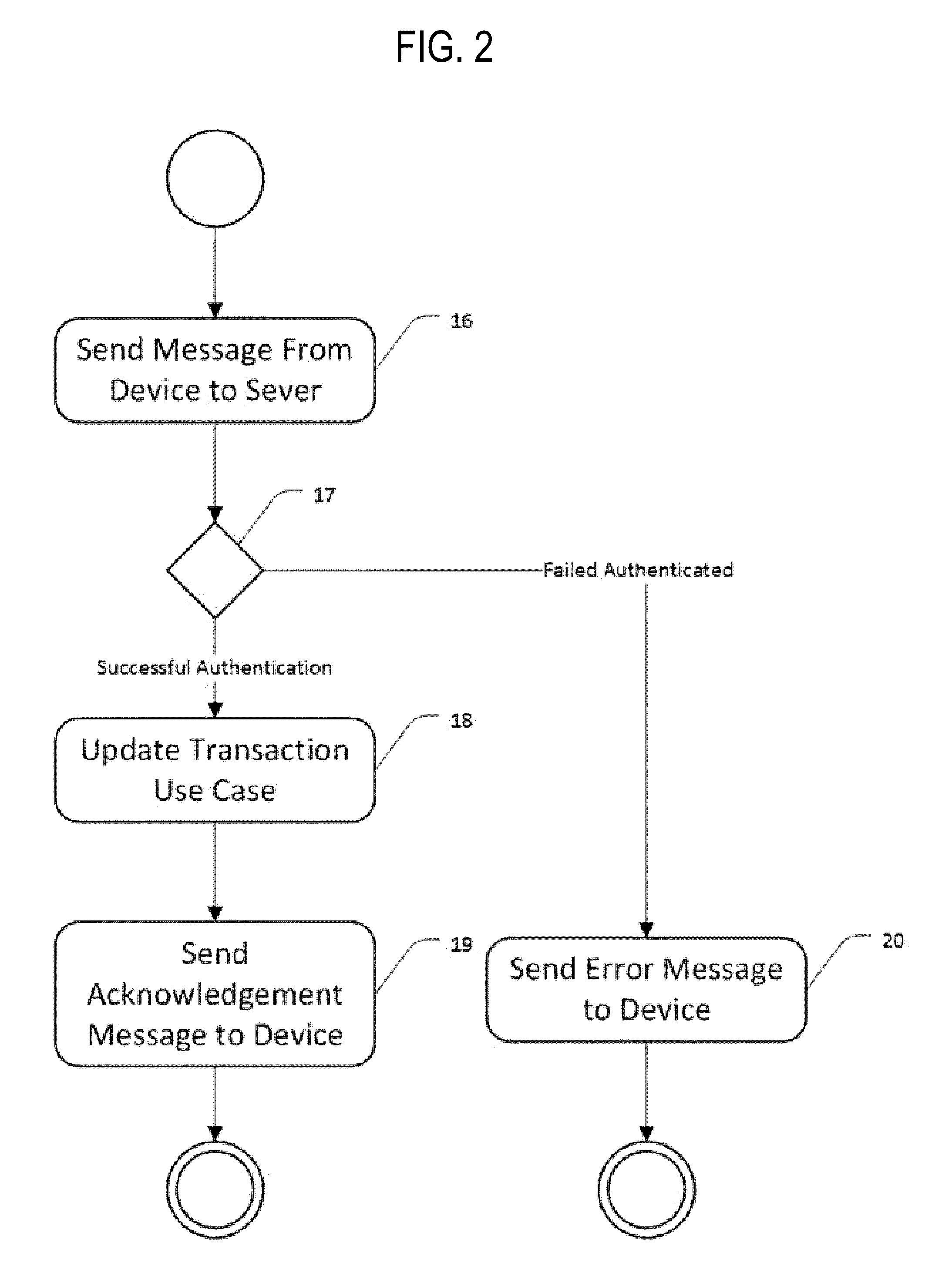Payment transactions have always been prone to fraud, to a lesser or greater extent depending on the means and method of
payment elected.
The likes of forged
bank notes, fraudulent cheques and forged negotiable instruments have historically been used to obtain unauthorized or unlawful payments from institutions that negotiate transactions using such payment instruments.
A cornerstone of the problem is that an entity or person, the account holder, places trust in another entity, a
bank, to make payments on its behalf.
In any fast moving economy, such labor-intensive confirmation processes place a significant burden on the efficiency of
processing transactions.
A well-known problem with card payments, whether debit, credit or other payment cards, is that cards can be easily cloned and presented for payment.
This problem is exacerbated with the international use of payment cards.
Unfortunately there is still no clear guarantee that the legitimate account holder provided this information, as the information can be acquired and abused by
third party, through various means.
The transaction can be disputed, but this does not always result in the
recovery of funds.
The direct and indirect cost of administering such disputes is also a significant expense.
The effectiveness of such systems is hampered by the fact that the notifications are typically sent by
text message to mobile phones or to an email account.
Of these two types, email is generally the slowest and in reality most people will not receive such a notification until a significant amount of time has passed.
Text messages to mobile phones are a much faster means of notification, but they are not perfect, nor instantaneous or guaranteed.
Another aspect that impacts negatively on the effectiveness of using text messages to notify an account holder is that many people switch their mobile phones off at night, or they use the mute function or privacy settings on such phones to keep notifications from disturbing them.
The data is then later used in fraudulent online and physical transactions.
At the end of his shift the waiter will connect the skimming device to a computer and the card details are then supplied to an accomplice, very often in another jurisdiction, which makes prosecution by law
enforcement difficult.
Since many of these syndicates operate in countries foreign to the one where the account holder resides, the chances are that at least the first fraudulent payment request on the card will be made whilst the account holder is still asleep at home.
Also, many banks do not have 24-hour payment notification services or fraud monitoring departments and will only realize the following day that a foreign payment request was processed during the night.
The reality is however that it leads to more
frustration for the merchant, account holder and other shoppers.
The problem with this is that most merchant's electronic payment terminals have a very short time-out period, typically in the region of no more than 30 seconds.
This means that unless the
payment terminal receives confirmation from the bank within the time-out period, it reports that the transaction has not been approved.
It is very difficult for most people to open a
text message and respond to it in a matter of seconds.
It also happens that during peak shopping hours, such as over peak shopping periods like Christmas, shopping malls are very congested.
This is accompanied by high volumes of
data traffic and in particular text messages, which increase delays in delivery.
It is not uncommon for text messages to be delayed in such circumstances leading to a situation where a valid payment is repeatedly presented for payment and the message to authorize the transaction is received too late to transmit a confirmatory message in time.
Unfortunately it leads users into a false sense of security and they end up becoming less aware of what happens with their card when it is presented for payment.
Additionally to the magnetic strip's fallback,
chip cards have not provided any additional security for online / internet (
Card not Present) transactions.
This need for modification to existing systems means that market penetration is poor and the approach less effective than desired.
These approaches have their varying degree of effectiveness, but often still fail to recognize fraudulent transactions, while at the same time creating inconvenience,
frustration and embarrassment for card holders and ultimately cause losses with regards to both fraud and lost legitimate transactions.
The primary failure of the current primary approaches to prevent
payment card fraud is that they do not include the account holder in the process of making decisions of what, where and when transactions should be blocked or allowed.
In summary, no prior art
system has managed to effectively curb
payment card fraud without causing substantial additional inconveniences and hence lost spending themselves.
Even with today's many inventions that attempt to combat the
payment card fraud problem, massive amounts of money are still stolen from bank accounts every day from fraudulent card transactions due to the fact that they have never made the account holder centric to the process.
 Login to View More
Login to View More  Login to View More
Login to View More 


